October enjoys two beautiful gems for its birthstones – Opal and Tourmaline. While tourmaline comes in a rainbow of colors, pink tourmaline is considered the primary color for October’s birthstone. It is also the spiritual birthstone for the astrological sign of the Libra. In addition to its gorgeous color, pink tourmaline is treasured for its purported mystical powers. It has played intriguing roles in the history of royal jewels and in the healing arts. Here are some things you might not know about this beautiful pink gemstone.
Tourmaline Name
The name “tourmaline” comes from the Sinhalese word “toramalli”, which means “stone with mixed colors.” Tourmaline often has multiple colors in a single crystal. Pink tourmaline crystals showing only one pink color are extremely rare. Usually, a single crystal will display several shades of pink color and will often include other colors, as well.
Pink Tourmaline Colors
Pink tourmalines range in color from soft, pale pink shades, deep hues that are vivid reddish-pink, to hot pink! In the past, deeply colored pink tourmalines were frequently confused with rubies, fooling even kings and queens! The confusion between the gemstones continued for centuries, until scientists recognized tourmaline as a distinct mineral species in the 1800’s.
Mistaken Identity
Because of its deep, rich pink/red color, deeply colored pink tourmaline has often been mistaken for the precious ruby gemstone. Although slightly pinker, certain shades of pink tourmaline can be virtually indistinguishable from ruby. The most notable of these mix-ups occurred in one of history’s most extraordinary jewelry collections!
In 1777, Swedish King Gustavus III gave Catherine the Great a stunning pendant set with the magnificent gem known as “Caesar’s Ruby.” His intention was to curry political favor with his exceptional gift. This stunning 250-carat gem became part of the famous Romanov jewels. Later, it was discovered that the gem was not a ruby! It was a deeply pink colored tourmaline.
Pink Tourmaline Mines
Pink tourmaline can be found throughout the world. Rich deposits have been mined in the United States, Brazil, Nigeria, Mozambique, Madagascar, Afghanistan, and Namibia. The finest quality stones are found in the Muzo mines of Brazil and in Namibia. Namibian pink tourmaline has a very intense color. Truly fine quality tourmaline gems are rare and expensive.
Pink Tourmaline in U.S. History
During the early 1900s, Maine and California were the world’s largest producers of gem quality pink tourmalines. The first discoveries of pink tourmaline were in in Maine in 1822. The Maine deposits usually produced crystals in raspberry pink-red, as well as minty greens.
One of the earliest reports of pink tourmaline found in California was in 1890 by Charles Russell Orcutt. He found pink tourmaline at what later became the Stewart Mine at Pala, San Diego County. Other mines that became famous in San Diego County for pink tourmaline included the Tourmaline Queen, the Tourmaline King, the Pala Chief, and the Himalaya. The California deposits were known for their bright pink colors, as well as bi-color crystals.
Through the promotional efforts of Tiffany & Co. through its chief gemologist George F. Kunz, by the late 1800s pink tourmaline became known as an American gem. Tiffany & Co. had already established an outstanding reputation for discovering and promoting previously unknown colored gemstones. Kunz wrote enthusiastically about the beautiful pink tourmaline deposits of Maine and California, and the gem became popular.
In spite of its American roots, the largest market at the time for pink tourmaline was in China. The Chinese Dowager Empress Tz’u Hsi was especially fond of the color pink, and she imported vast quantities of the gem from the Himalaya Mine in California. Her master jewelers set the stones into beautiful pieces of jewelry, as well as carving pieces into intricate works of art, such as snuff bottles.
Unfortunately, U.S. miners became so dependent on this Chinese trade that when the Chinese government collapsed in 1912, the U.S. tourmaline trade also collapsed. Although the Himalaya Mine is still in modest production, the Dowager went to her eternal rest with her head on a carved pink tourmaline pillow.
Mystical Properties and Healing Benefits
Since ancient times, this gem has been credited with the power to heal, enlighten, and inspire artistic expression. In India, deeply colored pink tourmaline was associated with fire, the sun, and positive energy. It was believed to bring insight to those seeking goodness and reveal any impediments to achieving goodness. It was also believed to bring about awareness of unsuspected dangers. The Romans used pink tourmaline as an aid for stress reduction and troublesome sleep. In the 1800s, artists used it to stimulate their creativity.
Contemporary African, Native American, and Aboriginal peoples wear deep pink tourmaline as a talisman, drawing on its powers of protection and healing. Native Americans also used both pink and green tourmaline as funeral gifts. Crystal healers believe pink tourmaline promotes both physical and emotional healing. It is used to gently remove emotional pain from those suffering from heartbreak or any form of abuse.
Pink tourmaline is related to the Heart Chakra. It is used to open the heart for unconditional love, promoting compassion, tolerance, love and tenderness. It is believed to heighten spirituality, increase wisdom, and strengthen one’s willpower. Pink tourmaline is said to help love and friendship to have permanence and stability.
Pink tourmaline is used to renew vitality; strengthen self-confidence; attract passion; and enhance sensuality. In its fiery deep-red/pink color, it is considered the color of the Life Force. In its lighter hues, pink tourmaline is said to reduce stress, anxiety, fear, and depression.
We hope you enjoyed learning about the wonderful pink tourmaline! Check back for the latest articles about your favorite gems!
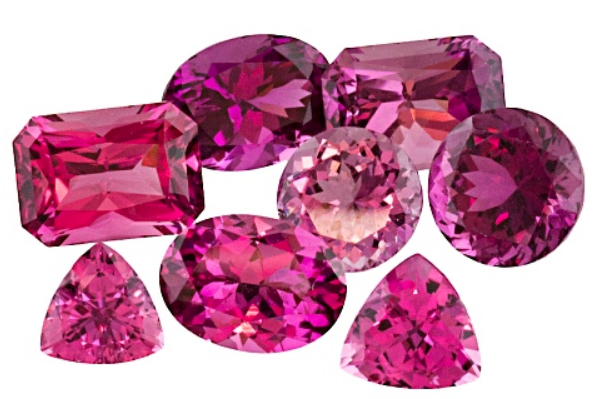
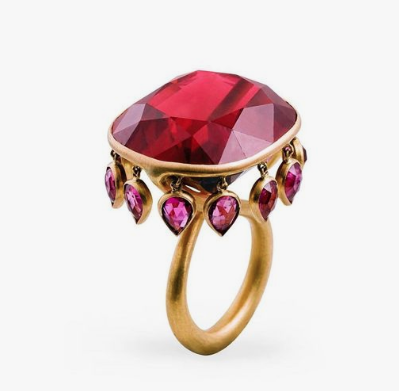
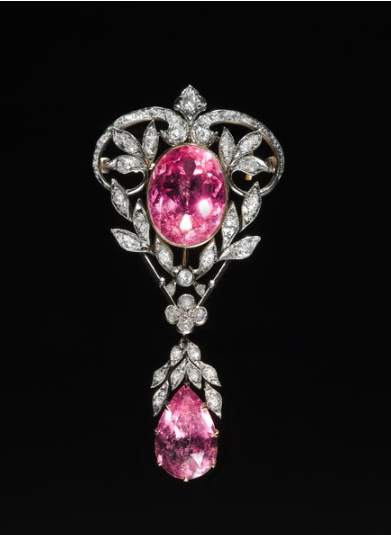
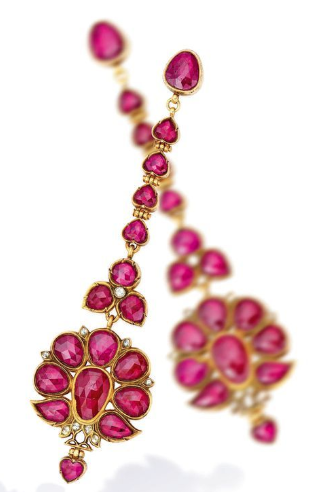
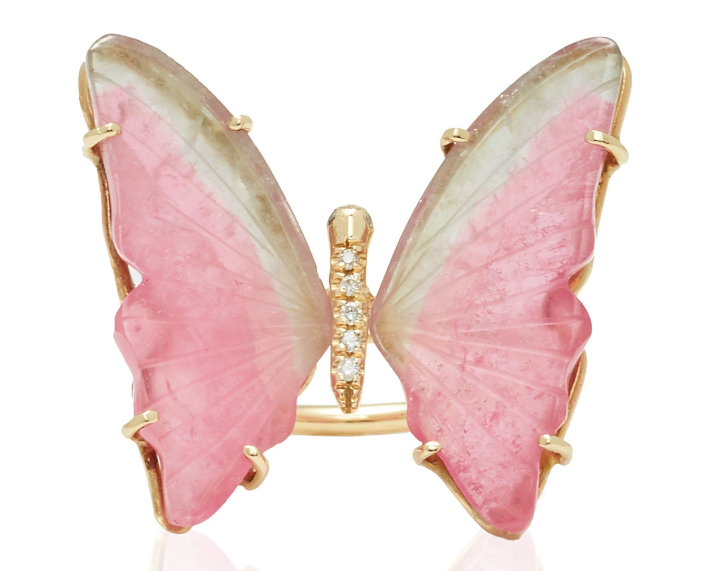

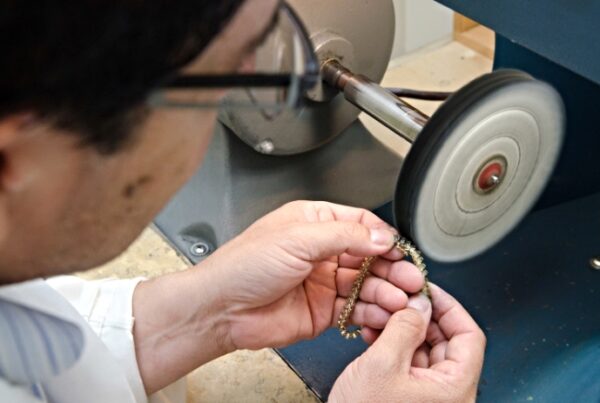
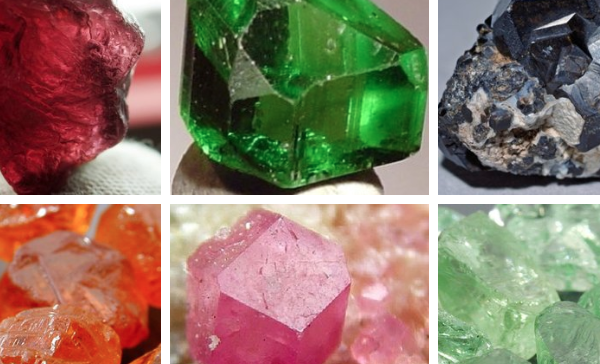
It’s great how the jewelry changes and the way they create new and impressive ones. From traditional to modern jewelry all those which give a unique look to a person. Thanks for sharing the information.
what a great information. thank’s for your kind information.
I really liked your way of presenting the article. Thank you for sharing this article.